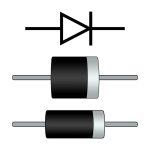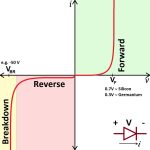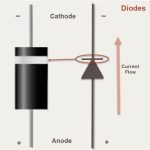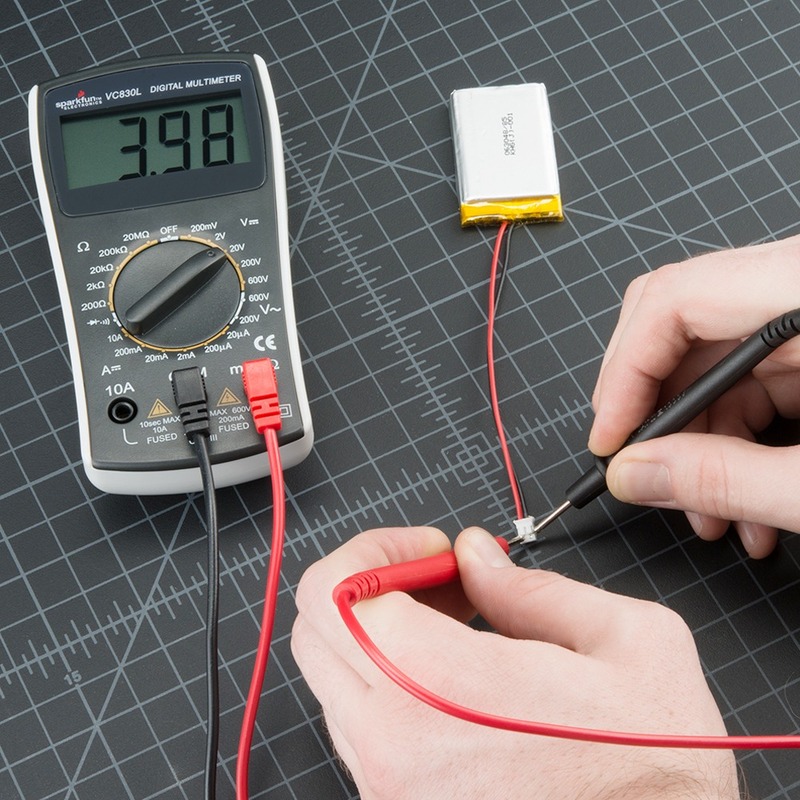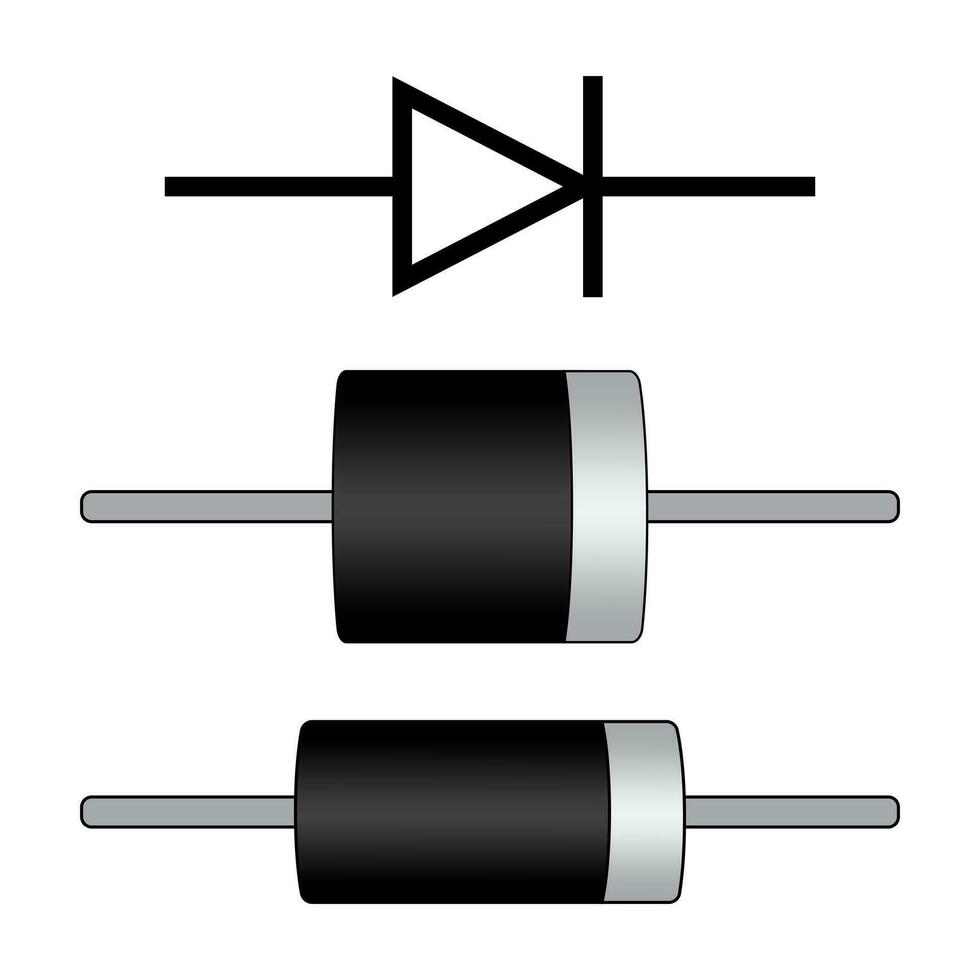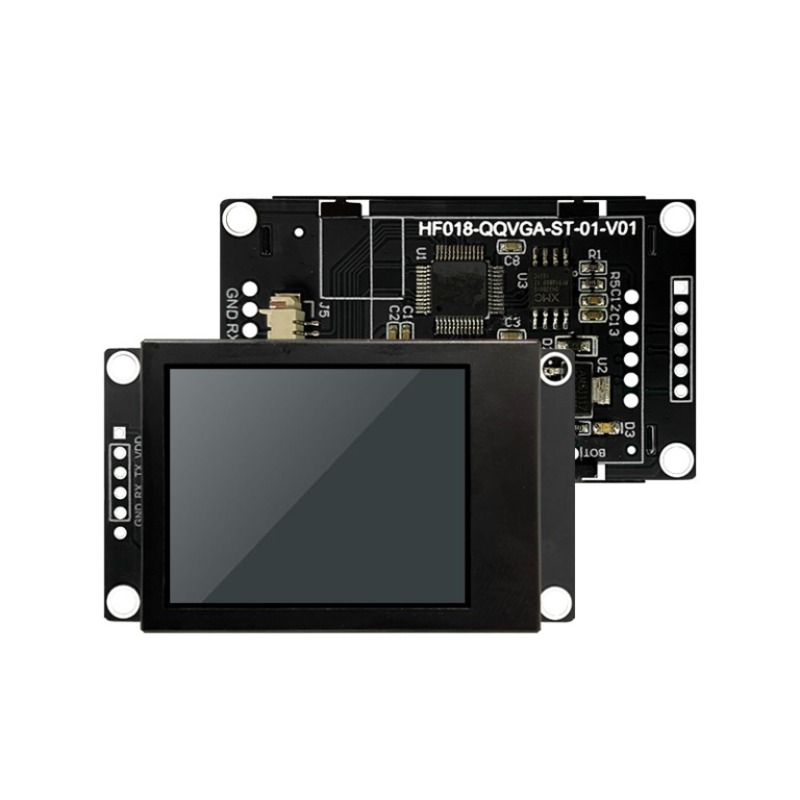 Introduction:
Introduction:
Diodes are electronic components that play a crucial role in controlling the flow of electrical current. They come in various types, each with unique characteristics and applications. In this comprehensive guide, we will explore different diode types commonly used in electronic circuits. From standard silicon diodes to specialized options like Zener diodes and light-emitting diodes (LEDs), we will provide an overview of their functions and key features. By understanding these diode types, engineers and enthusiasts can choose the most suitable option for their specific needs.
 Introduction to Diode Types
Introduction to Diode Types
Diodes are semiconductor devices that allow electric current to flow in one direction while blocking it in the opposite direction.
A. Role of Diodes: Diodes are used for rectification, voltage regulation, signal modulation, and many other applications in electronic circuits.
B. Diverse Applications: Various diode types are designed to fulfill specific functions in electronic devices and systems.
Some common purposes of diodes:
A diode is an electronic component that allows current to flow in only one direction and offers specific functions in electrical circuits. Here are some common purposes of diodes:
Rectification:
Diodes are commonly used for rectification, converting alternating current (AC) into direct current (DC). They allow current flow in one direction while blocking it in the opposite direction, shaping the waveform of the current.
Current Protection:
Diodes can act as protection devices by preventing excessive current flow in circuits, protecting sensitive components from damage due to voltage spikes or reverse current.
Voltage Regulation:
Zener diodes are used for voltage regulation. They maintain a constant voltage level by conducting in reverse bias when a specific voltage threshold is reached, preventing voltage fluctuations.
Logic Gates:
Diodes are fundamental building blocks in the design of logic gates, which are used in digital electronics for various functions such as sorting, decision making, and switching.
Signal Demodulation:
Diodes are used in demodulator circuits to extract the original signal from the carrier wave in radio communication or modulation schemes.
Oscillation and Timing:
Diodes are essential components in oscillator circuits, generating continuous waveforms or timing signals used in various applications like clocking circuits, timers, and frequency generation.
Light Emitting:
Light-emitting diodes (LEDs) emit light when a current flows through them. They are used widely in displays, indicators, lighting, automotive lighting, and many other applications.
Switching:
Diodes can act as switches and are used to control the flow of current in electronic circuits. They can be applied in various types of switches, such as Schottky diode-based switches or P-N junction diode-based switches.
These are just a few examples of the versatile applications of diodes. Due to their unique electrical properties, diodes play a crucial role in a wide range of electronic devices and circuit designs.
 Standard Silicon Diodes
Standard Silicon Diodes
Standard silicon diodes, also known as rectifier diodes, are the most commonly used diodes in electronic circuits.
A. Rectification: They are primarily used for converting alternating current (AC) to direct current (DC) by allowing current flow in one direction only.
B. Voltage Drop: Silicon diodes typically have a forward voltage drop of around 0.7 volts when conducting.
Schottky Diodes
Schottky diodes are specialized diodes that offer lower forward voltage drop and faster switching speed compared to standard silicon diodes.
A. Metal-Semiconductor Junction: Schottky diodes feature a metal-semiconductor junction instead of a P-N junction, resulting in lower voltage drop.
B. Fast Switching: The absence of minority carriers in the Schottky junction allows for quicker response times and reduced switching losses.
Zener Diodes
Zener diodes, or voltage reference diodes, are designed to provide stable voltage regulation and protection against voltage spikes.
A. Breakdown Effect: Zener diodes operate in the reverse breakdown region, where they maintain a constant voltage regardless of the current flowing through them.
B. Voltage Regulation: Zener diodes are commonly used as voltage references in power supplies and voltage clamps to protect sensitive components.
Light-Emitting Diodes (LEDs)
Light-emitting diodes, or LEDs, are diodes that emit light when forward biased, making them ideal for applications requiring illumination.
A. Electroluminescence: LEDs utilize electroluminescence, a phenomenon in which the semiconductor emits light when excited by an electric current.
B. Energy Efficiency: LEDs offer high energy efficiency, long lifespans, and a wide range of color options, making them popular for lighting applications.
Photodiodes
Photodiodes are specialized diodes designed to convert light energy into electrical current.
A. Light Sensing: Photodiodes respond to the incidence of light by generating a proportional current, making them useful for light detection and measurement.
B. Reverse Bias: Photodiodes require reverse biasing to operate and are commonly used in applications such as optical communication and light meters.
Varactor Diodes
Varactor diodes, or varicaps, are diodes that exploit the change in capacitance as a function of reverse bias voltage.
A. Variable Capacitance: The capacitance of varactor diodes can be controlled by varying the reverse bias voltage, making them suitable for applications in frequency tuning and voltage-controlled oscillators.
B. Capacitance Range: Varactors offer a wide range of capacitances that can be adjusted to meet specific circuit requirements.
Follow these steps to test a diode:
To test a diode, you can follow these steps:
Turn off Power:
Ensure that the power to the circuit or device containing the diode is switched off or unplugged to prevent any accidents or damage.
Set Multimeter:
Set your multimeter to the diode testing mode or the resistance mode. Some multimeters have a specific diode testing mode (usually indicated by a diode symbol) while others use the resistance mode (ohmmeter).
Connect Leads:
Connect the multimeter leads correctly to the diode terminals. The positive (red) lead should be connected to the anode (the side with the arrow or stripe) of the diode, and the negative (black) lead to the cathode (the opposite side).
Forward Bias:
In the diode testing mode, the multimeter sends a small current through the diode. If the diode is working properly, it should conduct current in the forward bias direction (positive voltage at the anode and negative voltage at the cathode). The multimeter will typically display a voltage drop around 0.6-0.7 volts for a silicon diode and around 0.2-0.3 volts for a Schottky diode.
Reverse Bias:
Reverse the leads so that the positive lead is connected to the diode’s cathode and the negative lead to the anode. In this reverse bias setup, if the diode is functioning correctly, it should display a very high resistance or an “open circuit” reading on the multimeter.
Test Continuity:
You can also test continuity using the resistance mode. In this case, a functioning diode in the forward bias direction would display a low resistance value (typically a few ohms), while in the reverse bias direction, it should show a very high resistance or an “open circuit” reading.
Remember to consult the specific instructions and manual for your multimeter, as different models may have slightly different settings or functionalities. Additionally, it’s important to note that these tests provide a general indication of diode functionality, but they may not give precise or exhaustive information about the diode’s characteristics.
 Conclusion
Conclusion
Diodes come in various types, each with distinct characteristics and applications in electronic circuits. Standard silicon diodes serve as essential rectifiers, while Schottky diodes offer lower voltage drops and faster switching speeds. Zener diodes provide voltage regulation and protection against voltage spikes. LEDs illuminate and efficiently convert electrical energy into light. Photodiodes sense light and convert it into electrical current, while varactor diodes offer variable capacitance.


